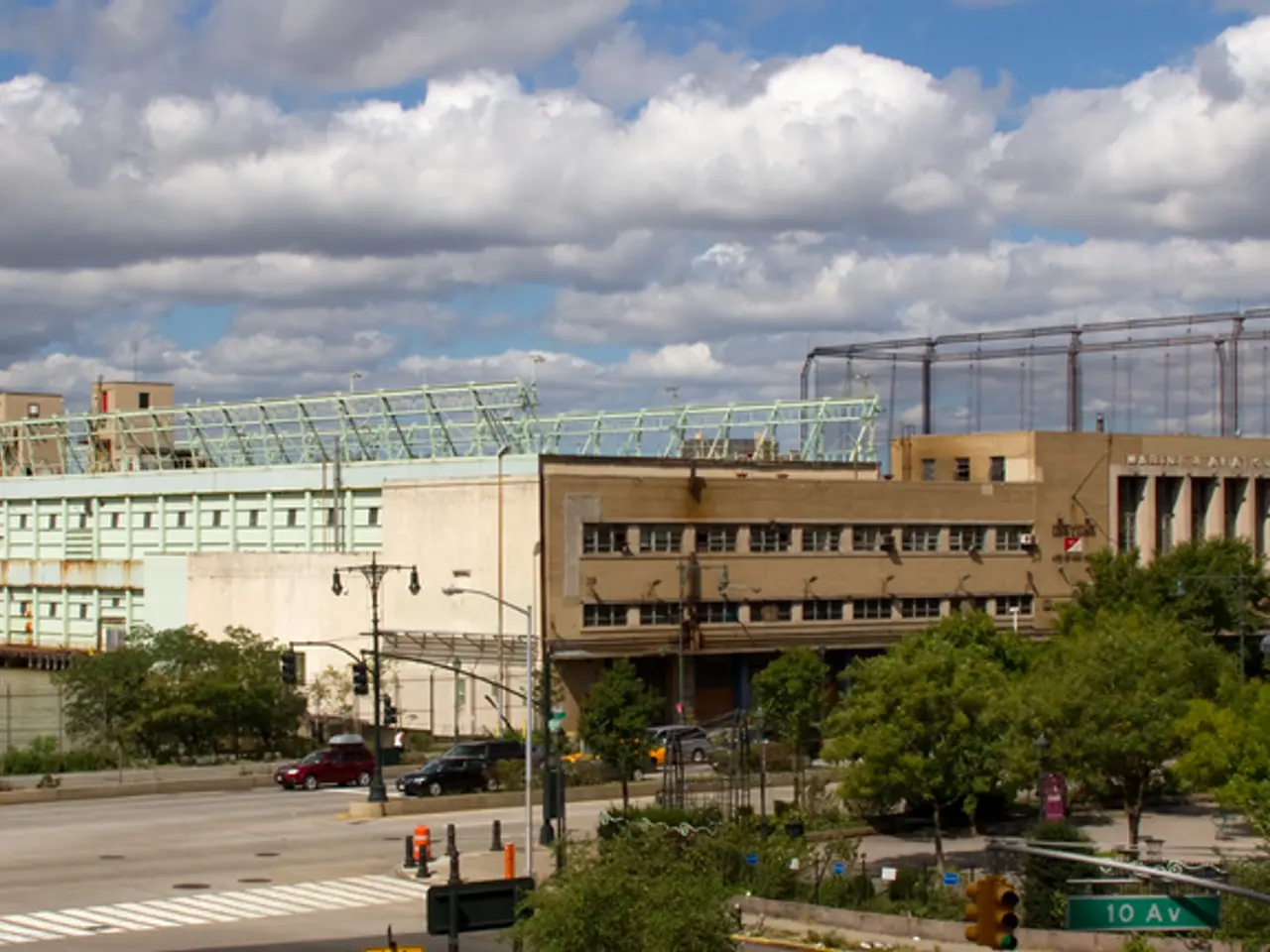Proposals for infrastructure projects surge under the build-transfer scheme
Ho Chi Minh City's Infrastructure Boom: Build-Transfer Projects and Large-scale Developments
Ho Chi Minh City (HCMC), Vietnam's economic powerhouse, is gearing up for a significant infrastructure overhaul. The city has announced plans to develop infrastructure along the Saigon River towards the East Sea, marking a new chapter in its urban development.
One of the most notable developments is the shift of the Can Gio Bridge project, valued at around $400 million, to the Build-Transfer (BT) model. This change has attracted proposals from three major Vietnamese private conglomerates—Trungnam Group, Masterise, and Thaigroup. Notably, Trungnam Group proposed building the bridge under the BT model, rather than the previously planned build-operate-transfer (BOT) arrangement.
The government is also actively launching and inaugurating multiple large-scale infrastructure projects in HCMC. On August 19, 2025, the city held ground-breaking ceremonies for 39 major infrastructure projects, demonstrating the strong infrastructure momentum. Among these, the Ho Chi Minh City–Moc Bai Expressway project, approved under a BOT contract in 2024, has begun preparatory works.
Other notable projects include the development of infrastructure along the Saigon River, proposed by Sun Group, which includes a 40km road with 8-10 traffic lanes and a metro or tramway system. The road is proposed to be built via the BT model, with payment in the form of approximately 4,100 hectares of land along the river corridor.
The city's infrastructure expansion is also reflected in the HCMC Ring Road 4 project and the Bien Hoa–Vung Tau Expressway phase 1, which have recently received approvals and adjusted investment policies. These projects underscore the city and region's focus on improved transport connectivity and urban development.
However, challenges such as land clearance, funding, and multi-jurisdiction coordination remain crucial for ensuring smooth project implementation. The government is addressing these issues to ensure that BT projects, which rely on upfront private investment and transfer to the state upon completion, proceed without hindrance.
In a bid to strengthen investor selection, the government has enacted a law that requires transparent, public bidding processes with clear evaluation criteria. The law also clarifies compensation mechanisms for BT contracts, allowing payment in either land or state budget funds.
The tidal flood control project, originally launched in 2016, is designed to mitigate flooding across a 570-square-kilometre area, benefiting 6.5 million residents. However, the project has been suspended since 2020 due to unresolved issues regarding land payment, revisions to technical documentation, and BT contract terms. The city has proposed separating these works into a standalone project under the public-private partnership (PPP) model, using the new BT contract mechanism, and receiving compensation either through land or cash.
In addition, Ho Chi Minh City will reserve more than 64,000 hectares of land for public transit-oriented development (TOD). This move is aimed at promoting sustainable urban growth and improving the city's overall livability.
The Vietnam International Logistics Exhibition 2025 (VILOG 2025) will take place from July 31 to August 2 in Ho Chi Minh City, providing a platform for stakeholders to discuss and collaborate on these infrastructure projects.
As of mid-2025, Ho Chi Minh City's infrastructure development is witnessing a surge, with Build-Transfer projects like the Can Gio Bridge developing with private sector participation and large-scale city infrastructure projects advancing under different public-private partnership models.
Read also:
- Court petitions to reverse established decision on same-sex marriage legalization
- Proposed Standardization of Food Labeling Laws Among Member States by the Commission
- Commemoration of 200 Days of American Resurgence Unveiled
- Minister Bärbel Bas expresses doubts about her tenure as a minister following a recent interview during the summer.








